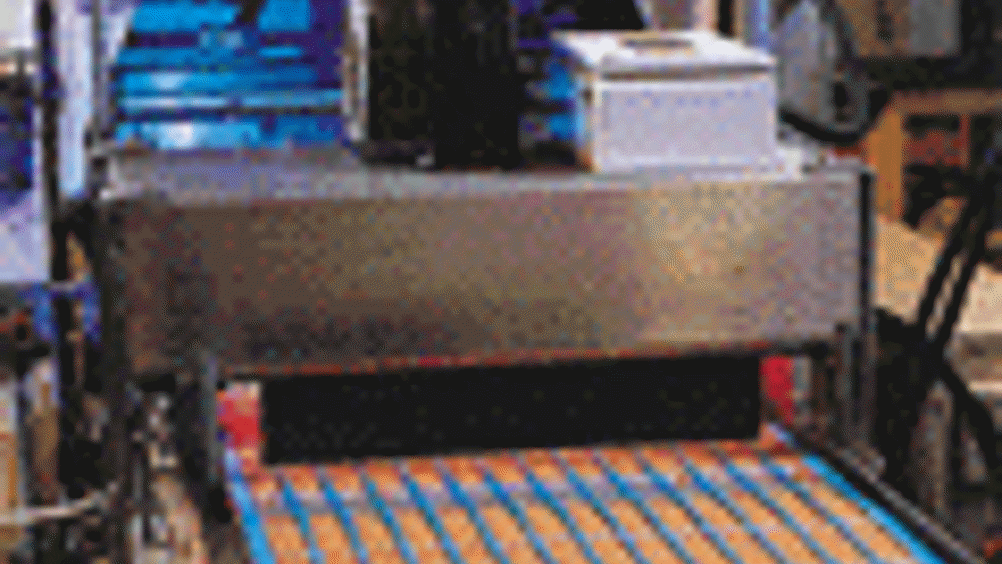Nottingham cracks egg problem

Nottingham University is applying the latest waterjet cutting techniques to help chocolate maker Thorntons develop polycarbonate moulds for its Easter eggs.
Thorntons was seeking a way of carving perfect shapes in the moulds without melting or damaging the plastic. They turned to Nottingham, whose academics established Europe's first specialist waterjet machining technology centre with Rolls-Royce, the East Midlands Development Agency (emda) and the Midlands Aerospace Alliance. The £1.1m centre houses equipment that uses a six-axis high-pressure computer controlled waterjet machine.
Philip Shipway, professor of engineering materials at Nottingham said: ‘The attributes of waterjet technology make it the method of choice in certain circumstances, particularly when heat and high forces need to be avoided. When we were approached by Thorntons, we could see immediately that we had a technology that fitted the bill. ‘
David Brealey, a chocolatier at Thorntons, said: ‘We have been working with a spraying company on developing a machine which will allow us to spray chocolate as a decoration. The difficulty we experienced was when we tried to make stencils for our Easter eggs. Trying to cut 1.5mm polycarbonate over the curvature of an Easter egg was causing the development team a real headache. The problem was getting the cut to follow a curve of the egg. Luckily for us our local university had this six axis cutter and initial trials proved very successful. Without the technology and support of the university the potential of the spraying system would have been very limited.’
Register now to continue reading
Thanks for visiting The Engineer. You’ve now reached your monthly limit of news stories. Register for free to unlock unlimited access to all of our news coverage, as well as premium content including opinion, in-depth features and special reports.
Benefits of registering
-
In-depth insights and coverage of key emerging trends
-
Unrestricted access to special reports throughout the year
-
Daily technology news delivered straight to your inbox










UK Enters ‘Golden Age of Nuclear’
The delay (nearly 8 years) in getting approval for the Rolls-Royce SMR is most worrying. Signifies a torpid and expensive system that is quite onerous...